Description
VIBRO-METER VM600 MPC4 (PNR 200-510-070-113) – 4‑Channel Machinery Protection for Critical Rotating Assets
The VIBRO-METER VM600 MPC4 is a four‑channel machinery protection card designed for the VM600 rack, widely used on compressors, steam/gas turbines, generators, and large pumps. From my experience, it’s chosen when plants need API 670‑style protection with clean separation between monitoring and trip logic. The PNR 200-510-070-113 designation refers to a specific MPC4 build variant, typically used together with an IOC4T/IOC4S I/O card in the VM600 system to provide relays, 4–20 mA outputs, and buffered signals.
Company’s Order Placement Process and Guarantees
- Warranty: 365 days
- Lead time: 1 week if in stock; no more than 1 month at the latest
- Payment terms: 50% advance payment; full payment prior to delivery
- Express options: FedEx, UPS, DHL
Key Features
- 4 protection channels – Each channel handles dynamic vibration or displacement inputs for independent protection logic.
- Alert/Danger logic – Configurable alarm thresholds with latching/non‑latching behavior to support plant trip strategies.
- Phase/Speed reference – Works with a tachometer/Keyphasor input in the VM600 system for 1× tracking, phase, and speed‑related alarms.
- IOC4T/IOC4S I/O – When paired, provides 4–20 mA retransmission per channel, buffered outputs for portable analyzers, and relay contacts for shutdown or annunciation.
- API 670‑style protection – Typically used in applications requiring API 670 practices for turbomachinery protection.
- Rack‑based architecture – Plug‑in module for the VM600 19″ rack, enabling scalable protection and simplified maintenance.
- Filtering and signal processing – Measurements such as RMS, peak/peak, bandpass, and 1× amplitude/phase are commonly configured in the VM600 suite.
- Plantwide integration – System communications are handled at the rack level, supporting Modbus and Ethernet interfaces for DCS/PLC connectivity in many cases.
Technical Specifications
| Brand / Model | VIBRO-METER VM600 MPC4 (PNR 200-510-070-113) |
| HS Code | 903180 (Measuring/monitoring instruments, vibration/condition) |
| Power Requirements | Powered via VM600 rack backplane (no external supply on the card) |
| Operating Temperature | Typically 0 to +55°C when installed in a ventilated control cabinet (follow VM600 environmental limits) |
| Signal Inputs | Up to 4 dynamic channels (vibration/displacement). Works with proximity probes, velocity, and accelerometer‑type transducers used in VM600 systems. Phase/speed reference supported within the rack configuration. |
| Signal Outputs | Via IOC4T/IOC4S: 4–20 mA per channel, buffered outputs for each channel, relay contacts for Alert/Danger and trip logic. |
| Communication Interfaces | Handled at VM600 rack level (e.g., Modbus and Ethernet via rack interface modules); the MPC4 itself relies on the rack’s communication modules. |
| Installation Method | Plug‑in card for VM600 19″ rack (uses one module slot). Pair with IOC4T/IOC4S in adjacent slot. |
| Typical Compliance | Used in API 670‑compliant systems; CE/RoHS typically applicable for VM600 family |
Application Fields
You’ll typically see the MPC4 in protection racks for:
- Steam and gas turbines (1× tracking, phase, and trip interlocks)
- Compressors and expanders in oil & gas and petrochem
- Large motors, generators, and gearboxes
- Critical pumps, fans, blowers with stringent shutdown requirements
- Balance‑of‑plant assets where protection and continuous monitoring are required
Advantages & Value
- Reliability for trips – Designed for protection tasks where false trips are costly and missed trips are unacceptable.
- Compatibility – Works with common eddy‑current probes and piezoelectric vibration sensors used across major OEMs.
- Scalability – Add channels and functions by populating more modules in the VM600 rack, rather than replacing the system.
- Maintenance efficiency – Buffered outputs and clear channel diagnostics help technicians quickly validate sensors and wiring.
- Total cost control – Extends the life of installed sensors and wiring while meeting API 670‑style requirements, which typically reduces retrofit costs.
Installation & Maintenance
One thing I appreciate is how straightforward it is to service in a standard 19″ cabinet. For best results:
- Cabinet & rack – Install in a VM600 rack within a clean, ventilated control cabinet. Maintain adequate airflow and ambient temperature per VM600 guidelines.
- Grounding & shielding – Use proper cable shielding and single‑point grounding to minimize noise on dynamic channels.
- Sensor wiring – Route transducer cables away from high‑voltage lines; keep tachometer/Keyphasor leads short and well‑shielded.
- Relays & trips – When using IOC4T/IOC4S, verify contact ratings and test trip logic during commissioning with Alert/Danger simulations.
- Routine checks – Periodic channel verification using buffered outputs, review alarm setpoints, and perform functional trip tests.
- Firmware/config – Keep rack‑level firmware and configuration backups updated; apply vendor‑recommended updates during planned outages.
- Documentation – Record channel assignments, sensor types, and calibration data for faster troubleshooting later on.
A maintenance lead from a refinery told us they particularly liked the steady 4–20 mA behavior during startups—“it seems to be less twitchy than our old system, and our trip checks are predictable,” was the comment.
Quality & Certifications
- Manufacturer quality system typically ISO 9001
- CE and RoHS for VM600 family (region dependent)
- Used in API 670‑compliant protection architectures when configured appropriately
- Warranty: 365 days
Related Components (for a complete setup)
- IOC4T / IOC4S – I/O module paired with MPC4 for relays, 4–20 mA outputs, and buffered signals
- VM600 Rack & Power – 19″ rack enclosure and rack power supply
- Rack Interface (e.g., RIM / Ethernet) – For Modbus/Ethernet communications to DCS/PLC
- Transducers – Proximity probe systems, velocity sensors, accelerometers compatible with VM600
You might notice that projects typically standardize on MPC4 where protection needs are high and diagnostic depth matters. If you’re aligning with existing sensor inventories or migrating from older racks, this module usually keeps the transition smooth while meeting plant compliance expectations.

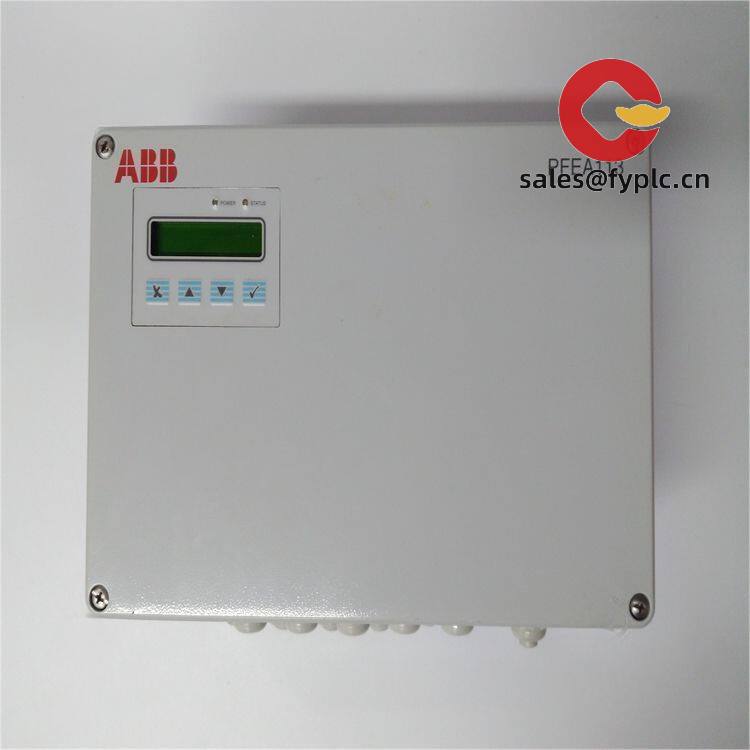

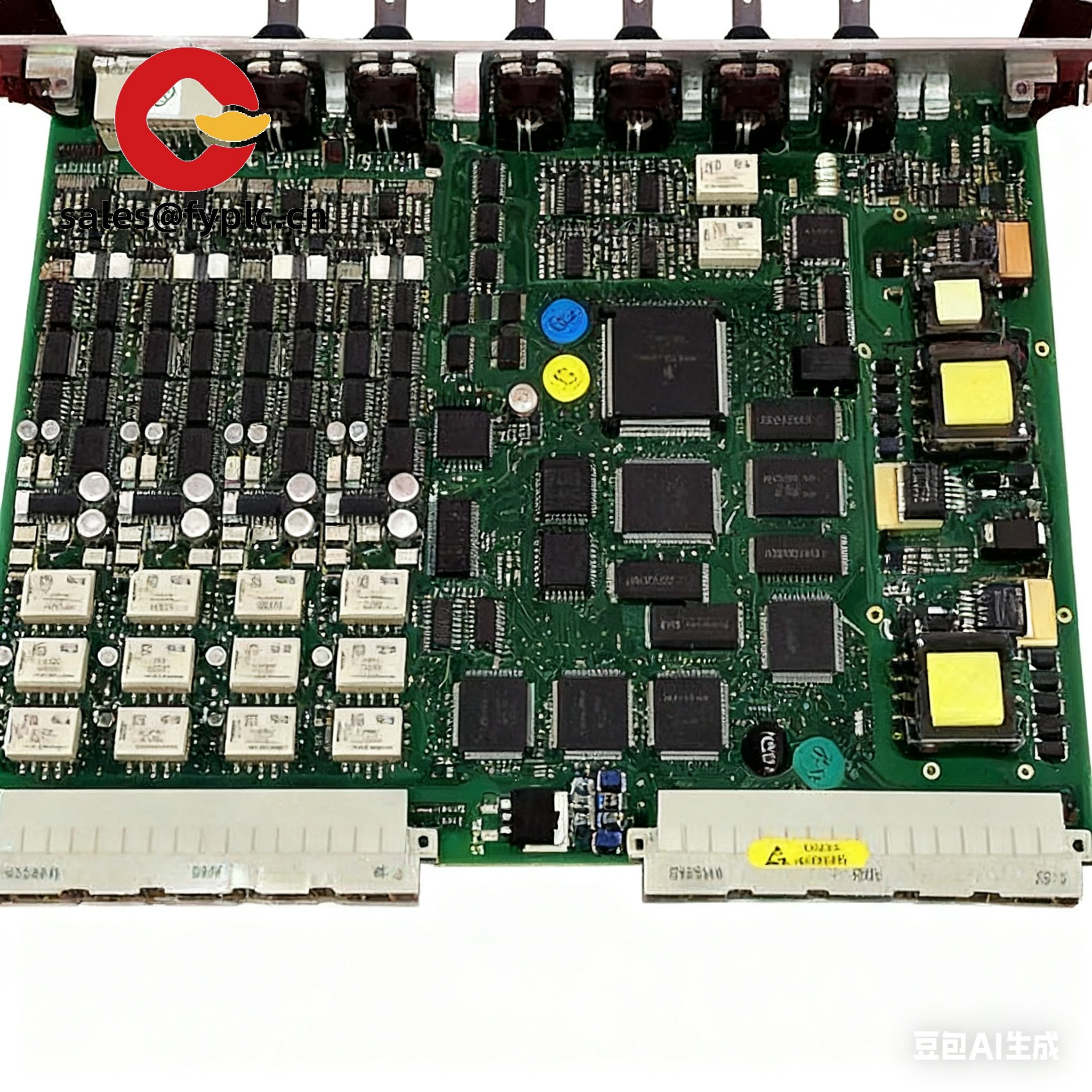

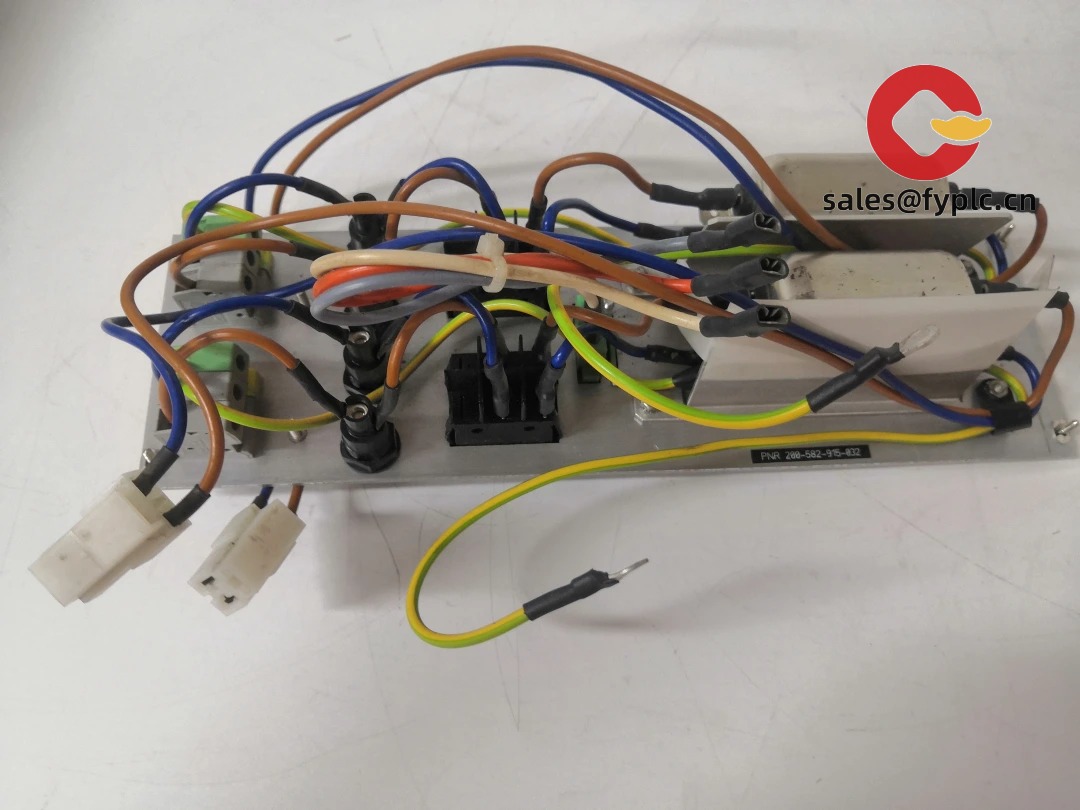
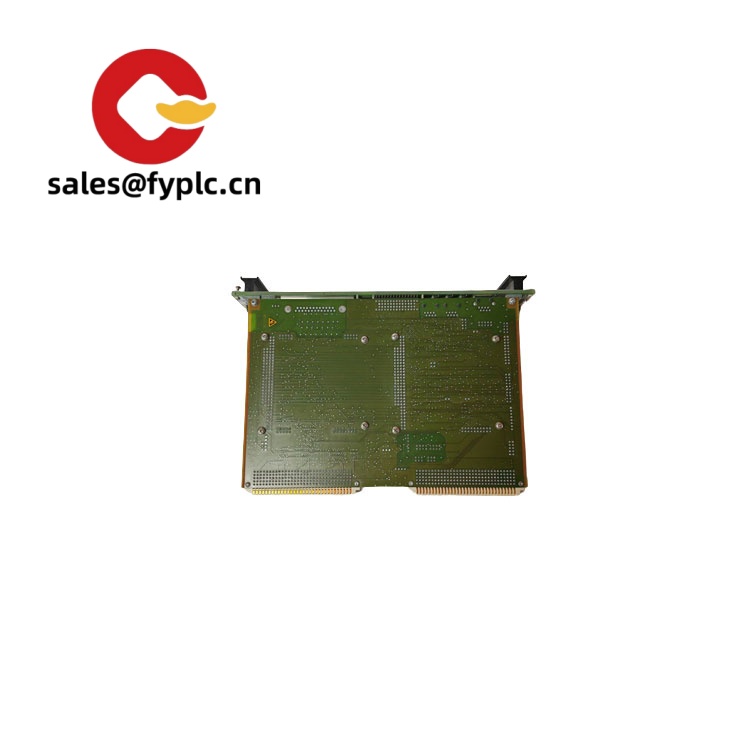
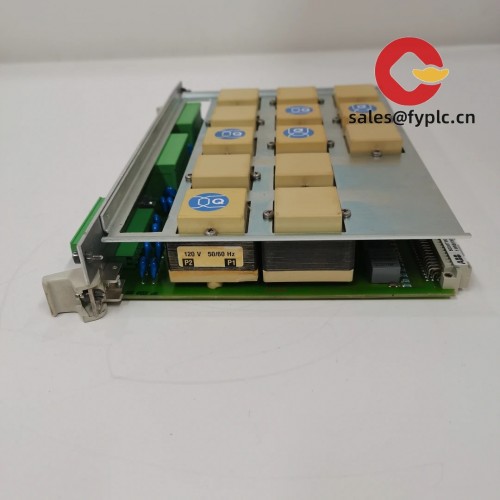
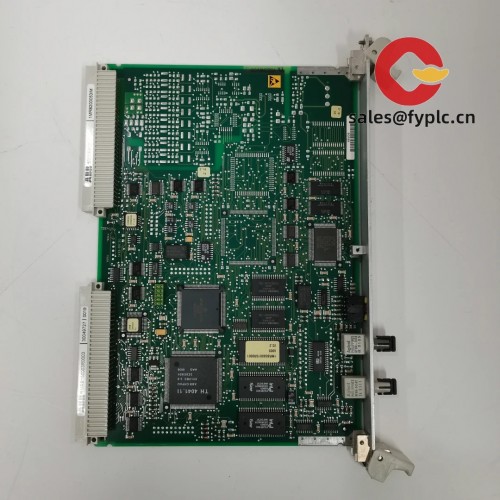
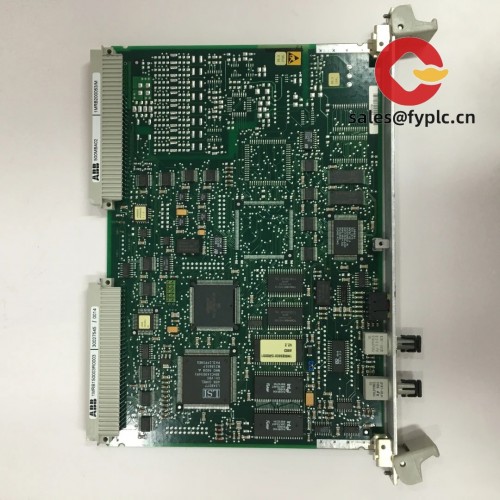
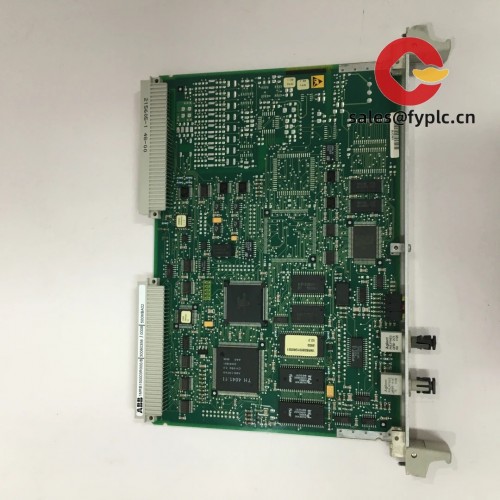
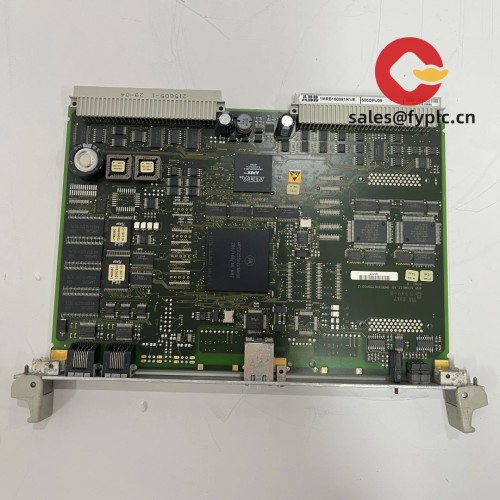


Reviews
There are no reviews yet.